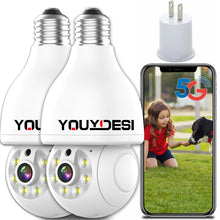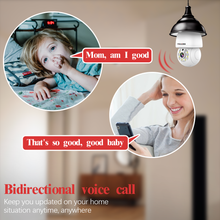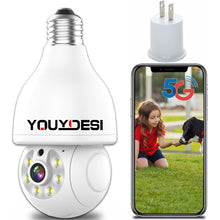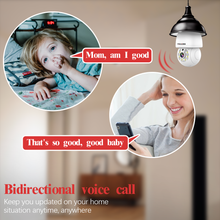- Consideration: Determine the camera's viewing distance. Remember that a larger lens focal length allows you to see farther but narrows the field of view, while a smaller focal length lets you see closer with a wider field of view. Variable focus lenses provide flexibility for multiple monitoring points with different distances.
2. Weatherproofing (Water and Dust Resistance):
- Consideration: Outdoor surveillance cameras must withstand extreme weather conditions. Ensure the camera meets at least an IP66 or higher standard, guaranteeing protection against dust ingress and resistance to high-pressure water jets, ensuring they can withstand harsh weather conditions.
3. Night Vision Capabilities:
- Consideration: Effective night vision is crucial for outdoor monitoring. Most outdoor cameras support infrared night vision. Some options include starlight night vision, full-color night vision, and blacklight night vision, each suited to different scenarios and lighting conditions.
4. Storage Options:
- Consideration: Choose an appropriate storage method, such as memory cards, Network Video Recorders (NVR), or cloud storage. Memory cards offer cost-effective storage for single cameras with short recording needs. NVRs are ideal for longer recording periods and multiple camera setups but require additional hardware. Cloud storage is suitable for high data security and remote access but comes at a higher cost.
5. Power and Network Supply:
- Consideration: Consider both power and network supply options, such as power over Ethernet (PoE), battery, solar, Wi-Fi, or cellular data. The choice depends on the installation location.
1. Close to an indoor area (e.g., balcony, front door, large yard, villa surroundings): You can opt for cameras with electric power and Wi-Fi network, eliminating the need for extensive network cabling.
2. Some distance from indoor areas (e.g., outdoor parking, gardens, farmland): Choose PoE cameras for both power and network supply, as they don't need an additional power source and can transmit data over a long Ethernet cable.
3. Remote areas with no power source nearby (e.g., large farms, ponds, orchards): Consider solar-powered cameras with batteries and cellular data for both power and network access. Be aware that these solutions are costlier and require careful monitoring of settings for uninterrupted surveillance.
6. Smart Features:
- Consideration: Focus on intelligent features for outdoor surveillance, such as:
1. Automatic Patrol: Allows cameras to automatically switch between different viewpoints at specified intervals, suitable for large, open areas.
2. Motion Detection: Ensures accurate identification of moving objects, reducing false alarms and enabling timely alerts.
3. Audio and Visual Alarms: Delivers audible and visual alerts when unauthorized intrusions occur.
4. Two-Way Audio: Enables real-time communication for responding to unexpected events.
These considerations will help you choose the most suitable outdoor home security cameras, whether they are wireless cameras or light bulb cameras, while ensuring effective monitoring of your property.










